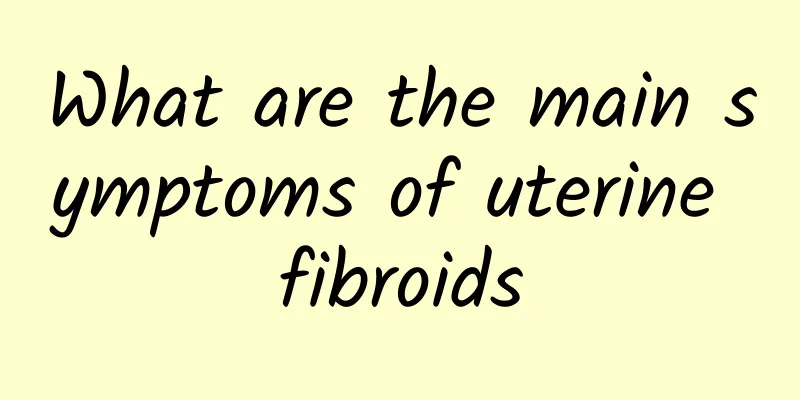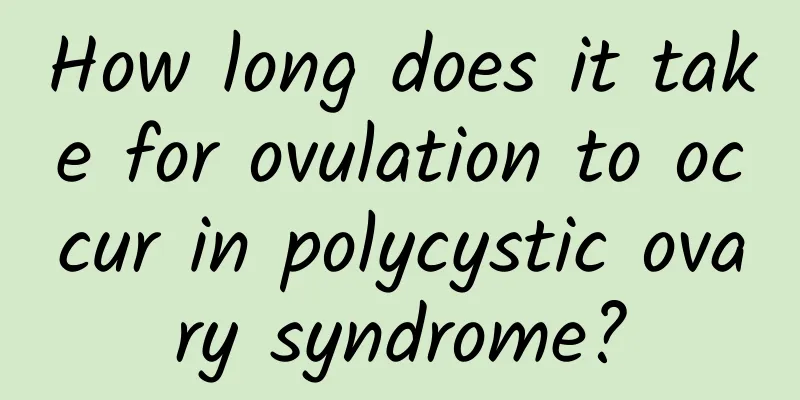Introduction to the best treatment for chronic pelvic inflammatory disease

|
Chronic pelvic inflammatory disease is a relatively stubborn gynecological disease, which is mostly caused by the transformation of acute pelvic inflammatory disease. Therefore, if you find symptoms of pelvic inflammatory disease, you must go to the hospital for examination and treatment in time to avoid it turning into chronic pelvic inflammatory disease due to untimely treatment, which increases the difficulty of treatment. Let's take a look at the best treatment methods for chronic pelvic inflammatory disease. Chronic pelvic inflammatory disease refers to chronic inflammation of the female internal reproductive organs and the surrounding connective tissue and pelvic peritoneum. The condition is relatively stubborn and can lead to menstrual disorders, increased leucorrhea, waist and abdominal pain, and infertility. 1. Drug treatment: Drug treatment is generally a method used by both Chinese and Western medicine to treat tuberculosis. This method is no longer recommended for patients. The probability of recurrence of drug treatment is very high, and medication needs to be taken under the guidance of a doctor. In particular, many patients stop taking medication on their own when they feel they are not sick, which is also the main reason for repeated inflammation. Another method is Chinese medicine enema, which is currently used a lot, but the course of treatment for this method is too long. It is recommended to combine other methods. If it is ineffective, choose other treatment methods under the guidance of a doctor in time. 2. Surgical treatment: The scope and method of surgery should be determined according to the patient's age, the scope of the lesion, the size of the mass, and the patient's fertility requirements. If the patient is relatively young and has fertility requirements, and the inflammation causes the fallopian tubes and ovaries to form wrapping and adhesions, affecting fertility, conservative surgical treatment should be considered, that is, separating pelvic adhesions, relieving fallopian tube obstruction, and removing the lesions as much as possible, so as not to affect fertility. 3. Physical therapy: Physical therapy is to place instruments into the pelvic cavity, and to release heat energy in combination with pelvic medication. In a hot environment, tissue blood vessels expand, blood flow accelerates, immune cells become more active, the body's immunity and infection rate are improved, and bacterial reproduction is effectively inhibited. The toxins secreted by bacteria are destroyed under the action of physical heat energy, antibody formation increases, local metabolism is enhanced, and controlling a certain temperature can dry the tissue, reduce exudate, and prevent further spread of inflammation. Doctors should aim to relieve patients' worries, enhance their confidence in treatment, and increase nutrition. During treatment, patients must remember to exercise, pay attention to the combination of work and rest, and improve their body resistance. In any case, these are indispensable in the treatment of chronic pelvic inflammatory disease. |
<<: Do you know the best treatment for pelvic inflammatory disease?
>>: Which hospital is the most authoritative in treating ectopic pregnancy?
Recommend
Is the right ovarian cyst benign and serious? What are the consequences?
What are the consequences of a serious benign rig...
What are the causes of menopause?
The causes of menopause are very complex. Some ar...
Abnormal emotions can easily cause menstrual irregularities in patients
To treat irregular menstruation, we must first de...
What causes pelvic inflammatory disease? What are the consequences?
What causes pelvic inflammatory disease? What are...
Overview of threatened miscarriage
Threatened abortion has a great impact on pregnan...
Does eating meal replacements help you lose weight? Nutritionist cracks 5QA
The principle of weight loss is to make the intak...
How can women prevent endometrial thickening?
Endometrial hyperplasia is the thickening of the ...
10 minutes a day! 10 basic rules for family exercise
Rule 1: Prepare a full-length mirror Before start...
What to do if uterine fibroids are found during pregnancy How to treat uterine fibroids if uterine fibroids are found during pregnancy
The symptoms of uterine fibroids are often hidden...
Women need to understand the causes of dysmenorrhea
Dysmenorrhea is a common female disease, and wome...
What are the dangers of female pelvic peritonitis
The harm caused by pelvic peritonitis. Pelvic per...
What Chinese medicinal materials should not be eaten for uterine fibroids? What foods should not be eaten for uterine fibroids?
Uterine fibroids are a common gynecological disea...
What are the causes of ovarian cysts in newborns?
Ovarian cysts in newborns are usually related to ...
Vaginal itching, abnormal vaginal discharge
Vaginal itching, abnormal leucorrhea: Vaginal itc...
How to treat uterine fibroids better? Common treatment methods for uterine fibroids
In recent years, the incidence of uterine fibroid...









